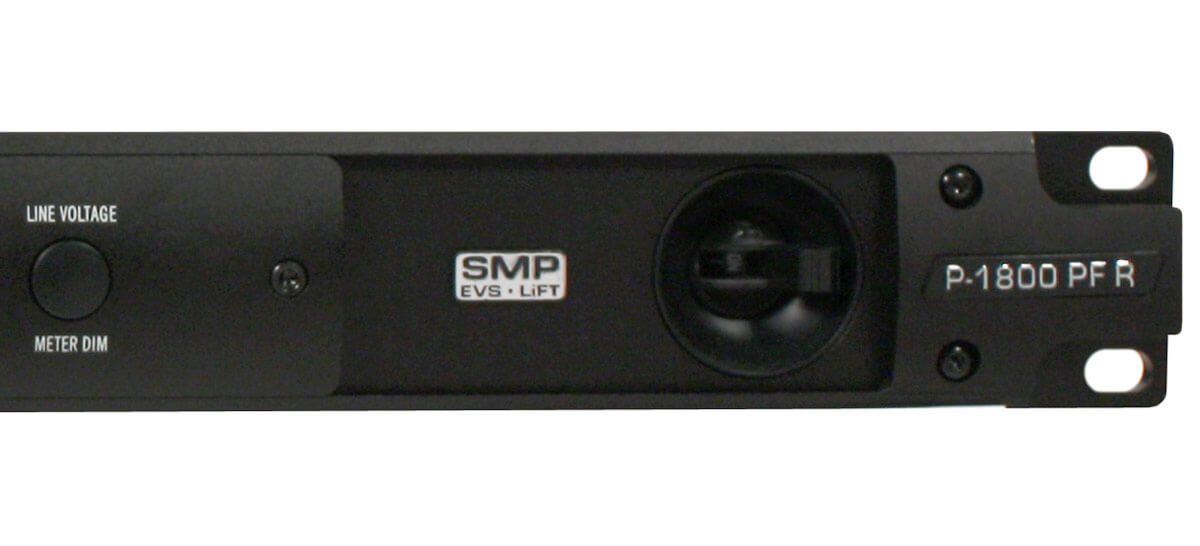These are interesting comments, gents.
I have a Furman PF1800 PFR power supply that has a voltage readout on the front. The voltage here varies from 120 to as high as 125, and the amps sound a little different when the voltage goes up.
I've actually thought about buying a voltage regulator to have tone consistency.
But there's one other factor I want to mention in the "maybe it's me" department:
Our brains operate on glucose. These levels fluctuate quite a bit during the day, and every day is different. Because I'm diabetic I check my glucose constantly, and I notice that when my glucose is low, things sound a little different than when my glucose is normal. Same if it goes high.
Even my visual perception changes a bit, especially peripheral vision.
So yes, it could be the power fluctuating, and it could be our brains, or some combination of both.
Then there's our hands. I find if my touch is heavier on a particular day for some reason, throwing the tuning stability awry a tiny bit, I can't stand listening to my playing.
Of course, at times I'm not the only one who can't stand listening to my playing! Oh, hello honey, how was your day?



